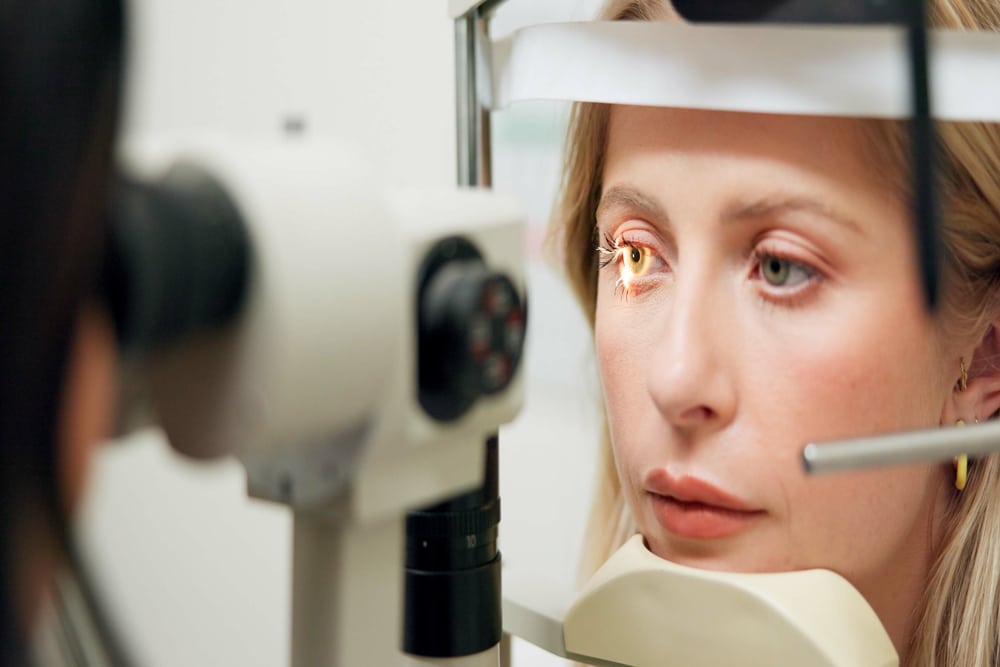At Keamy Eye & Laser Centre, we proudly deliver trusted ophthalmology services to the Westborough, MA community. Our team is led by Dr. Jean E. Keamy, a board-certified ophthalmologist and member of the American Academy of Ophthalmology and the American Academy of Cosmetic Surgery. She completed advanced clinical training at the New England Eye Center at Tufts University Medical School, mastering surgical and diagnostic techniques.

All ophthalmology and eye care treatments are offered at our Westborough location. Cosmetic treatments such as dermal fillers and Botox are available at our Westbrough, MA , Salem, MA, and Naples, FL locations. Whether you need a comprehensive eye examination, LASIK, or advanced cataract surgery, we are dedicated to protecting and preserving your vision. Your eyes are your windows to the world — trust the experts at Keamy Eye & Laser Centre to keep them healthy.
The Importance of Expert Eye Care
Expert ophthalmology services go beyond the optometry services prescribing glasses or contact lenses. They focus on diagnosing, treating, and preventing severe eye conditions that affect your quality of life. Early detection through comprehensive eye exams can preserve your vision.
At the same time, timely interventions and advanced treatments can correct or manage issues effectively. At Keamy Eye & Laser Centre, a proactive approach to eye care empowers our patients to live healthier, more vibrant lives. Keamy Eye & Laser Centre Keeps You in Focus!
Comprehensive Eye Care Services
Keamy Eye & Laser Centre offers a full spectrum of ophthalmology services to address various conditions and concerns. Our services include:
Eyelid Surgery
Cataracts affect millions of people each year, including more than half of all Americans age 60 and older. A cataract is the clouding of the eye’s natural lens. Cloudiness develops as a result of a buildup of protein in the lens. Cataracts can occur in either one eye or both eyes. If left untreated, cataracts will worsen over time and may lead to permanent vision loss or even blindness.
Wrinkle Reduction Treatment
Read what our patients are saying!
"Dr. Jean did a great job with my cataract surgery. I now have 20/20 vision in my right eye. I could not have asked for better results!! Thanks again Dr. Keamy."
Click here to read more reviews.
Frequently Asked Questions
How Long Does a Comprehensive Eye Exam Take?
A complete eye exam usually takes between 60 minutes or longer. The length of your visit may vary based on the types of tests required for your eye health assessment.
Can Eye Diseases Be Detected Before Symptoms Appear?
Many serious eye diseases develop without noticeable symptoms in the early stages. Regular eye exams with an ophthalmologist can detect problems early and help prevent vision loss.
What Should I Bring to My First Appointment?
Please bring a list of your current medications, your insurance information, any prescription glasses or contacts you use, and a copy of your medical history, if available. This information helps us provide the most accurate care.
Can I Drive After My Eye Exam?
If your eyes are dilated during the exam, you may temporarily experience increased sensitivity to light and blurry vision. It is often safer to arrange for someone else to drive you home afterward.
How Much Do The Ophthalmology Services Cost?
Pricing can vary depending on the type of treatment or procedure you need. During your consultation, we will provide detailed information about costs and available financing options to help make your care more affordable.
Why Choose Dr. Jean E. Keamy as Your Ophthalmologist?
Dr. Jean E. Keamy brings a rare blend of scientific excellence, surgical precision, and personal passion to Keamy Eye & Laser Centre. A board-certified ophthalmologist and member of the American Academy of Ophthalmology and American Academy of Cosmetic Surgery, Dr. Keamy trained at prestigious institutions, including Princeton, NYU Stern, SUNY Brooklyn, and Tufts University.
Dr. Keamy further refined her surgical skills through a fellowship at the Gimbel Eye Centre in Canada. Her professional affiliations with top hospitals across Massachusetts and her lifelong interest in optics and photography give her a unique perspective on eye care. Patients benefit from her comprehensive knowledge, advanced surgical expertise, and deep commitment to improving vision with personalized, compassionate care. Proudly Supporting Eye Health in Westborough.
Your vision deserves expert attention. If you are experiencing symptoms, have concerns about your eye health, or want to maintain optimal vision, the team at Keamy Eye & Laser Centre is here to help.
Contact us today at 508-836-8733 for our Westborough location or 978-239-4746 for our Salem location to schedule your personalized consultation and discover how our ophthalmology services can make a lasting difference in your life.
Keamy Eye & Laser Centre Keeps You in Focus!
